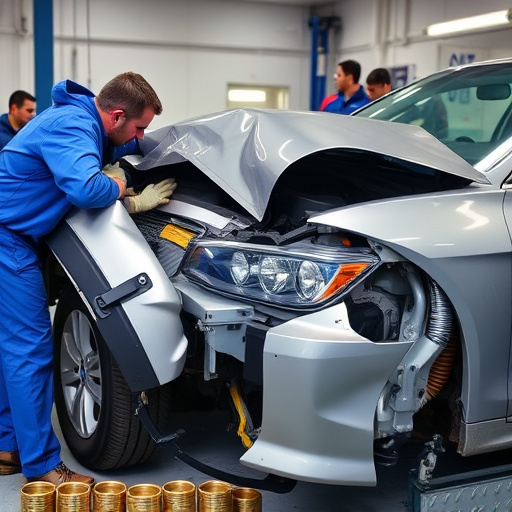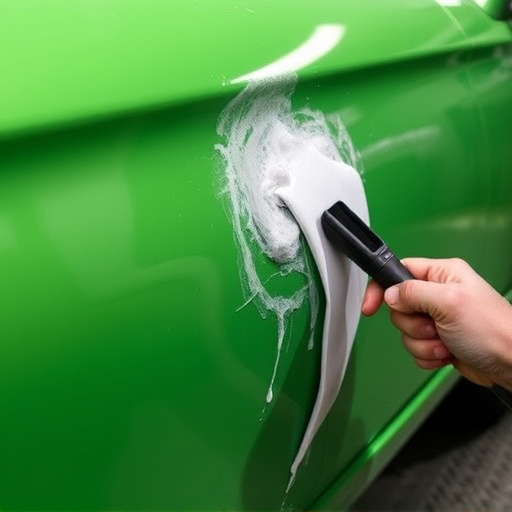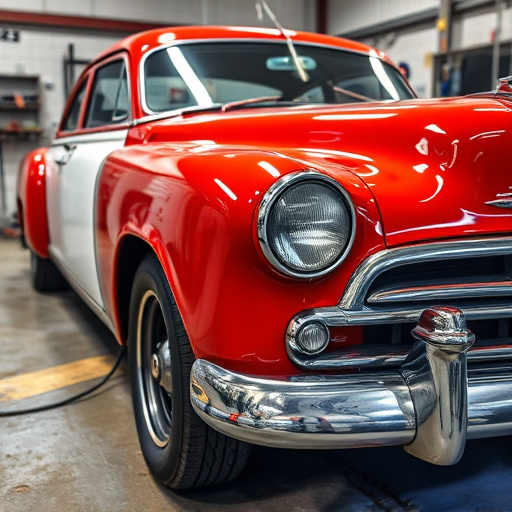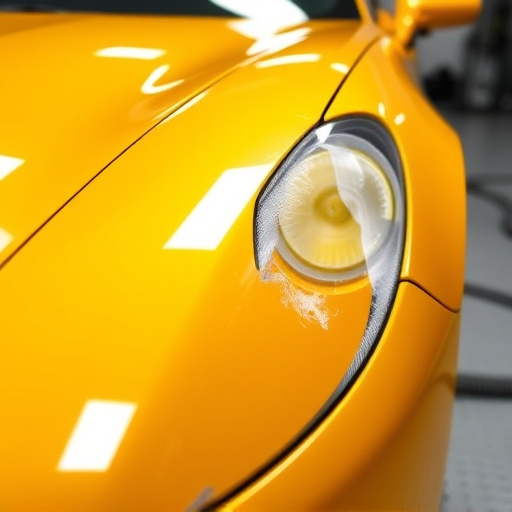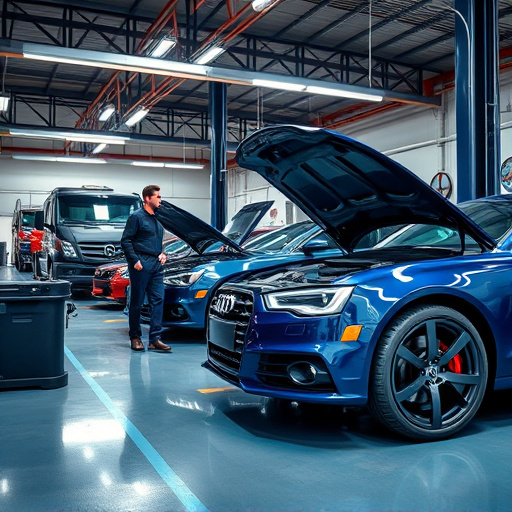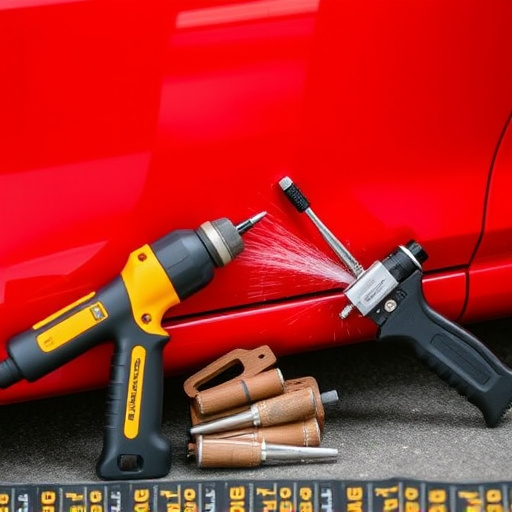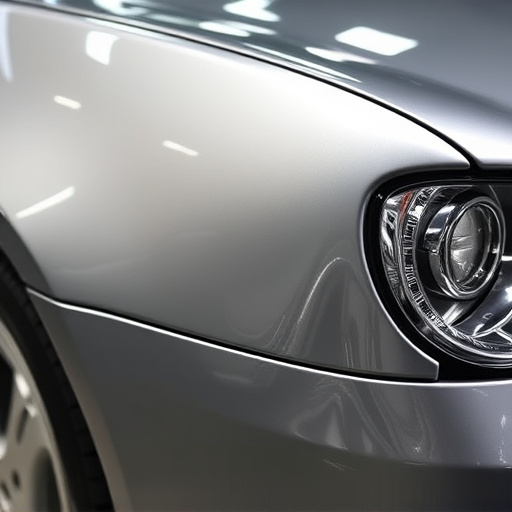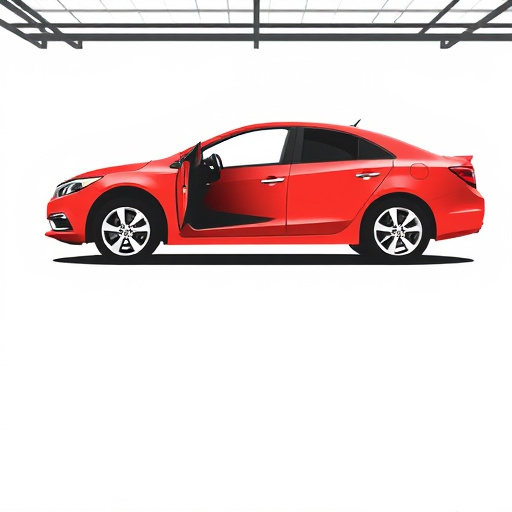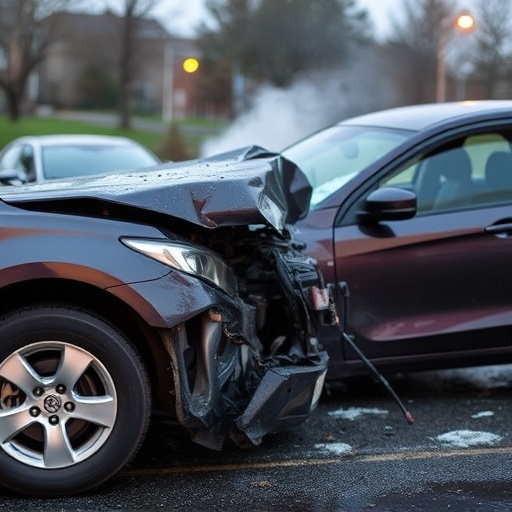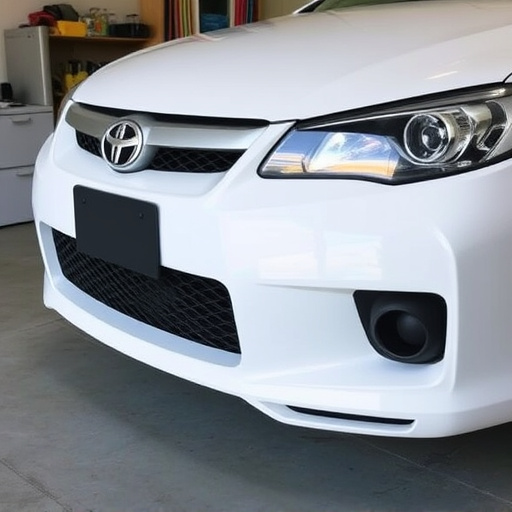Tesla's Safety Cell, a revolutionary design for enhanced passenger protection, requires specialized auto body shop expertise for effective restoration. This involves meticulous damage evaluation, tailored car paint repair techniques, and preserving critical structural integrity to maintain the vehicle's safety features after collisions. Proper restoration leverages advanced tools and trained technicians, ensuring the Safety Cell's effectiveness in safeguarding Tesla owners on the road.
“Unveiling the Heart of Tesla’s Safety: A Comprehensive Guide to Restoration and Damage Assessment
Tesla vehicles are renowned for their innovative design, particularly their Safety Cell architecture—a crucial element in crash safety. This article delves into the intricate world of Tesla safety cell restoration and damage assessment. We explore the key components that make up this robust structure and how it safeguards occupants. Through a step-by-step guide, we unravel the process from initial assessment to reassembly, emphasizing the importance of genuine parts and specialized tools. Learn about advanced diagnostic techniques for accurate damage identification, ensuring each restored cell meets stringent safety standards.”
- Understanding Tesla Safety Cell Architecture
- – Overview of Tesla's safety cell design and its critical components
- – The role of the safety cell in overall vehicle crash safety
Understanding Tesla Safety Cell Architecture
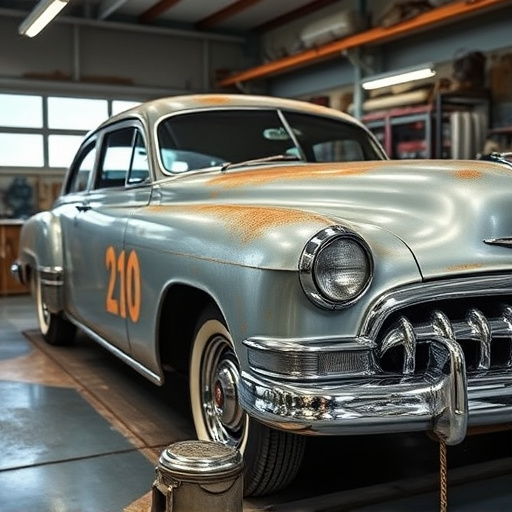
Tesla’s Safety Cell is a groundbreaking structural design featuring advanced materials and sophisticated engineering aimed at enhancing passenger protection in the event of a collision. Comprising an integrated network of high-strength steel, aluminum, and advanced composites, this architecture prioritizes energy absorption and deformation to mitigate the impact forces on occupants.
Understanding the intricacies of the Tesla Safety Cell is crucial for any auto body shop or vehicle collision repair specialist engaging in its restoration. The process involves meticulous damage assessment, utilizing advanced diagnostic tools to identify subtle changes in the cell’s structure. Once assessed, specialized techniques tailored for car paint repair and other necessary repairs are implemented, ensuring the safety and structural integrity of the vehicle without compromising its revolutionary protective features.
– Overview of Tesla's safety cell design and its critical components

Tesla’s Safety Cell is a revolutionary design feature aimed at enhancing passenger protection during accidents. It forms the structural backbone of the vehicle, incorporating critical components like crumple zones, energy absorbers, and a cage-like framework. This intricate system is designed to dissipate and absorb crash energy, providing a safer environment for occupants. The safety cell’s lightweight yet robust construction is key to Tesla’s reputation for building high-performance, safe electric vehicles.
Restoring a damaged Tesla safety cell requires specialized expertise and precise techniques. Auto body repair professionals need to assess each component, ensuring proper alignment and structural integrity. In the event of collision or accident damage, a top-notch collision center or automotive body shop equipped with advanced tools and trained technicians is essential for effective Tesla safety cell restoration, maintaining both performance and passenger security.
– The role of the safety cell in overall vehicle crash safety
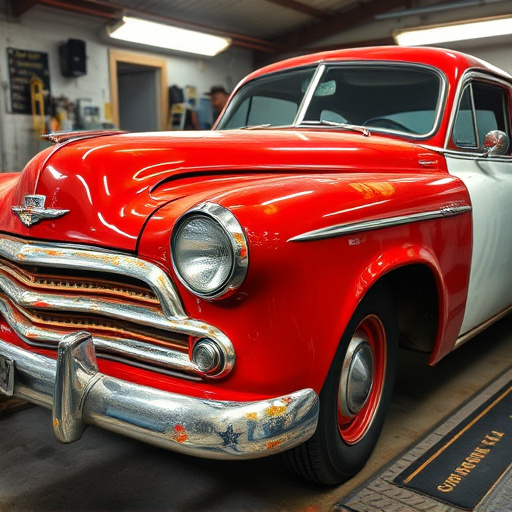
The Tesla Safety Cell is a critical component that plays a pivotal role in enhancing vehicle crash safety. It acts as a protective cage around the passenger compartment, absorbing and distributing impact forces during a collision, thereby minimizing the risk of severe injuries to occupants. A well-restored and intact safety cell is essential for maintaining optimal structural integrity, ensuring the safety features designed into Tesla vehicles are effective and reliable.
Proper restoration involves meticulous attention to detail, utilizing advanced techniques and materials. It’s not just about fixing the exterior; it encompasses a comprehensive assessment of the entire safety cell structure, including frame, panels, and various components. This process leverages state-of-the-art equipment and expertise in automotive repair and auto body restoration to bring the safety cell back to its original condition, ensuring it functions as intended during future accidents, thus safeguarding Tesla owners on the road.
The intricate Tesla safety cell architecture, comprising crucial components like the crumple zones, energy-absorbing structures, and seatbelt systems, plays a pivotal role in enhancing overall vehicle crash safety. When damage occurs, efficient restoration and meticulous damage assessment are essential to ensure the safety cell remains functional. By adhering to specialized Tesla safety cell restoration techniques, professionals can accurately assess, repair, or replace affected parts, maintaining the integrity of this vital system. This process guarantees that Tesla vehicles continue to provide superior protection in the event of a collision, underscoring the brand’s commitment to advanced automotive safety.



